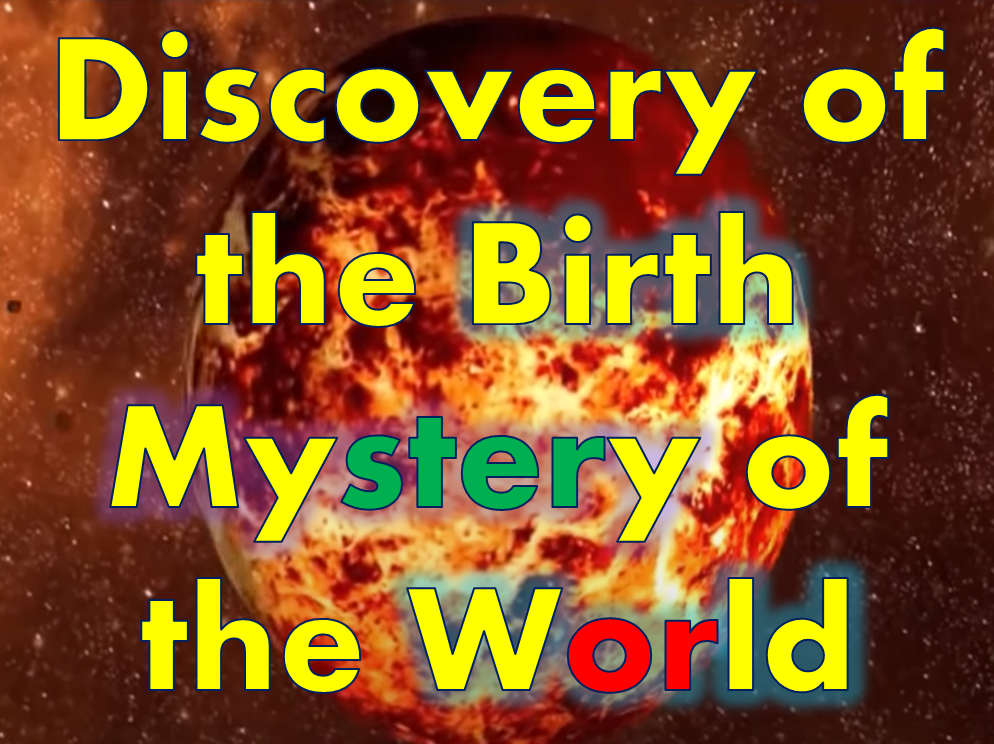We are the inhabitants of a planet called Earth. It is not yet known whether there is another planet like Earth in this universe or if there are humans or intelligent beings like humans. So based on the information we have so far, we can assume that among the billions of planets and stars in space, our Earth is the only planet where life has evolved in many different ways, and more importantly, humans have evolved here - humans who are trying to penetrate the mysteries of creation with the power of their intellect. So with as much importance as possible, we will try to know this beautiful world through this discussion.
Any object has a series of histories of origin, decay, and development. There is no object or particle anywhere in the universe that has remained the same forever or will remain the same in the future. Since our earth is also a material body, it also has its origin one day, and after various changes one day it will also be destroyed.
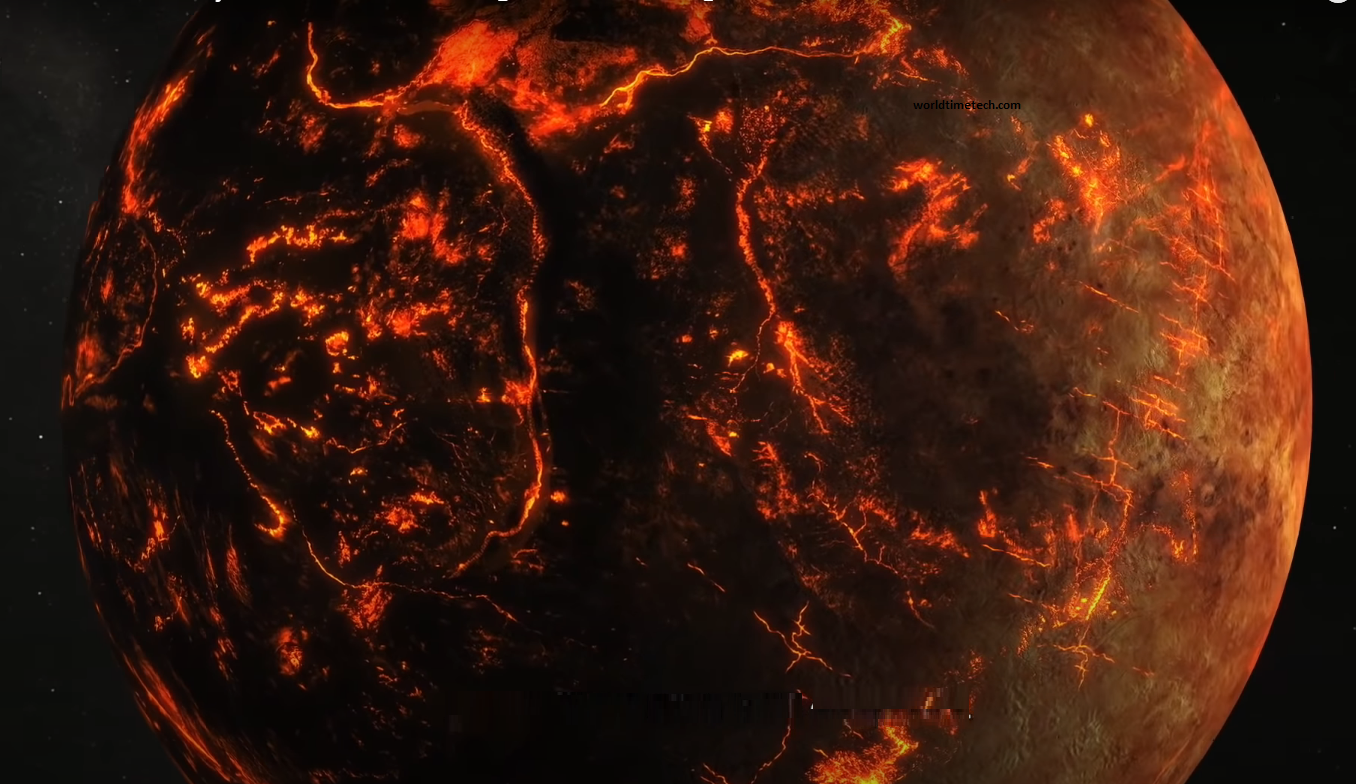
Scholars say that in the very beginning there was nothing. According to them, at the beginning of creation, all matter in this world, in other forms, had the shape of a great egg. The egg bursts with unimaginable heat, and from it hydrogen, helium, etc. are formed, countless stars are formed, and gradually other substances are also formed. In the future, this universe will rebalance and return to its original state.
It is estimated that this explosion took place two billion years ago. Even though many stars were born at that time, our sun was not yet born. The sun was then born when a huge cloud of dust swirling billions of miles across space coalesced. This did not happen in a day. It may have taken billions of years. This time Surya was alone. That is, then all the planets that our solar system consists of satellites - such as Mercury, Venus, Earth, Mars, Jupiter, or the Moon - were not born then.
It is estimated that the Earth and other planets were born about four and a half billion years or so ago. There is much debate in the scholarly circles as to how this birth was possible. We will discuss only a few main ideas here.
Immanuel Kantor doctrine
First, we will discuss the doctrines of Immanuel Kant and Lapland. Immanuel Kant imagined that all matter in the universe originated from a primordial nebula. Clouds of dust millions of miles across space coalesced to form this nebula. Later, under the influence of gravitational force, as the various molecules-atoms in the nebula came closer to each other, they collided with each other and the energy arising from their motion was converted into heat and increased their motion.
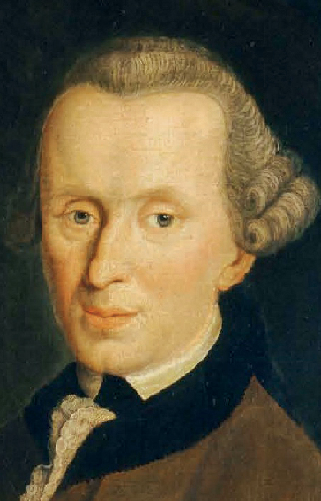
As a result, on the one hand, as the level of collision increased, the rotation speed of the nebula also increased. As it goes on, at one point, the nebula explodes due to intense heat, and the mass of matter is separated from the nebula to form this world. That is, the universe was created. In the same way, our solar system was formed in the same process. Although Karst's theory seems plausible, many subsequent discoveries have demonstrated its absurdity of this theory.
Laplace's theorem
Kant's theory is followed by the French astronomer Laplace. According to whom, in the beginning, there was only a huge nebula. From which the sun was born. This primordial nebula that was the size of the Sun was much larger and much hotter than the present Sun. As the heat gradually decreases over millions of years, its volume shrinks slightly, thereby increasing the nebula's rotation speed around its axis.
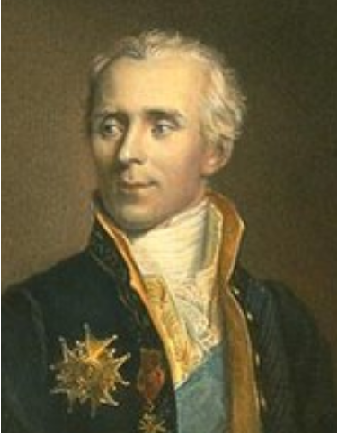
Thus, as days passed, the nebula's rotation speed increased and it became smaller. Now a bag of sand filled in a bag, what will happen? If the bag is getting smaller and smaller then? Yes, the same is true of the primordial nebula - that is, some of its outer parts were ejected from the original nebula but were unable to escape into space due to the force of gravity, and began to spin around the nebula itself. In this way, the satellites of different planets were formed one by one.
Laplace's theorem was once widely accepted in scientific circles, but it was abandoned after several important discoveries in astronomy. But in spite of this, a great feature of Laplace's and Kirst's theory is that there is no place for contingency in these two theories. According to them, the origin and development of the universe are orderly, gradually through a rule. But beginning in the 19th century, astronomers took a new approach to explain the origin of the solar system. The core of this new view is that in the distant past, the Sun collided with a star larger than the Sun, and as a result, the formation of the Solar System was possible.
Chamberlin and Moulton's theory
In 1900 T.C. Chamberlin and F. Moulton proposed a new theory of the origin of the solar system. According to this, in the distant past, the surface of the Sun, apart from the great explosions and waves of fire, sometimes spewed burning matter at great speed into space. At that time, when a supermassive star passes by the Sun, the gravitational force of the star increases the number of firestorms and eruptions on the surface of the Sun many times. A massive star cannot pass the Sun in the blink of an eye.
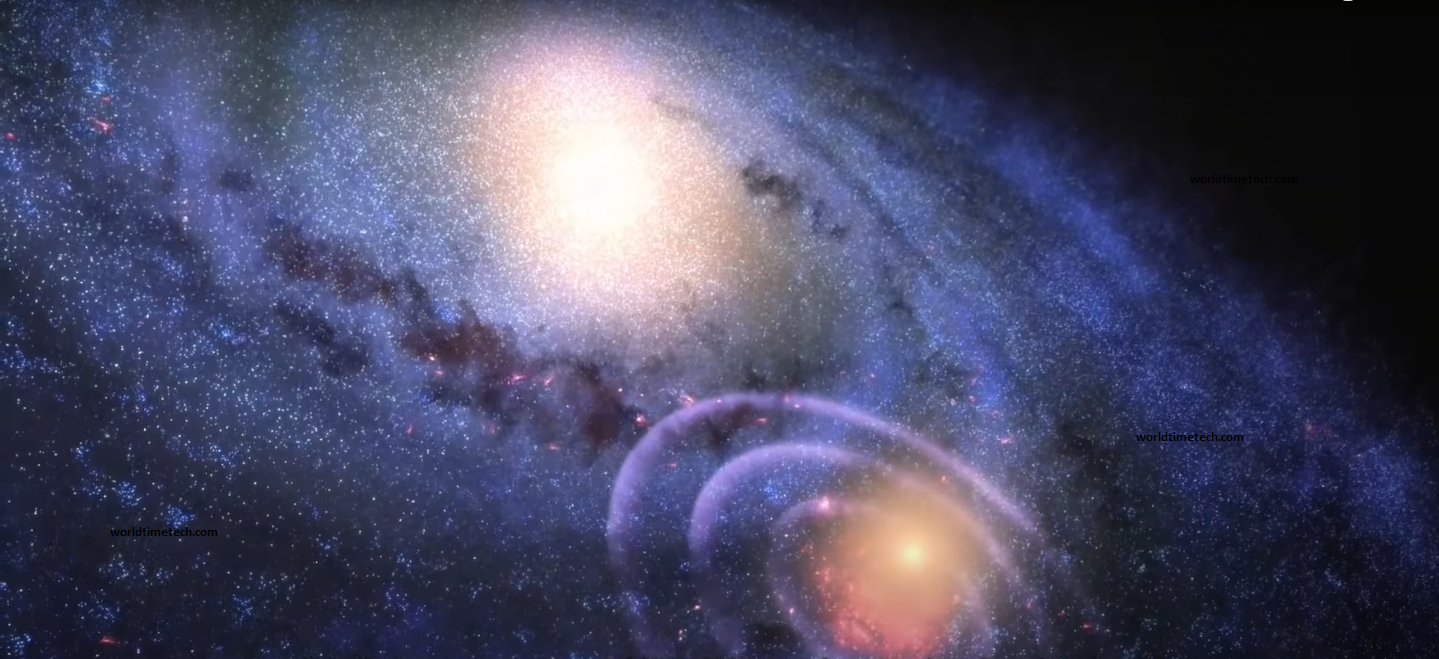
It passed the sun quite slowly. As a result, firestorms and eruptions continued for many days in the chest of the Sun. Then when the star came closest to the sun, the star's strong gravitational pull separated the two parts from the sun. After the giant star moves away from the Sun, the two fragments orbit the Sun, then | After gradually cooling, the swirling gaseous masses condense and form satellites.
The doctrine of Sir James Jeans
Chamberlin and Moulton's theory was accepted by most scientists. In 1916, the famous scientist James Jeans slightly modified this theory and developed a new theory. According to him, part of the Sun was detached from the Sun due to the gravitational force of the incoming star, not on both sides, but on one side and the detached part was shaped like a pot. That is, both sides are narrow, and | The middle is wide. Then, after the incoming star moves away, the goblet-shaped mass of gas continues to orbit the Sun. Then, as the temperature decreases, the mass condenses and breaks up under its own gravity to form planetary satellites. Because the gaseous giant was cup-shaped, the planets in the middle—Jupiter and Saturn—were large, and the planets farthest from the Sun were relatively small. Namely Mercury, Neptune, and Pluto.
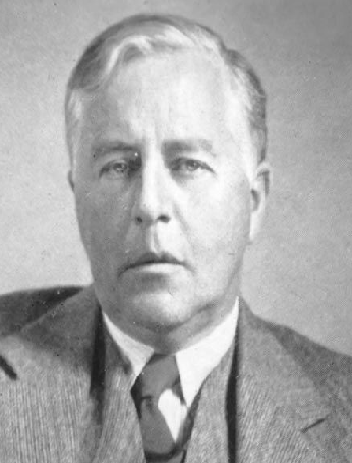
This theory of genes was specially established in the early scientific community, but later scientists noticed various errors in it. One such question is, whether the shell-shaped gaseous mass that broke away from the Sun's body had an altitude (according to Genes) of about a million (10,000,000) degrees. At that unimaginable temperature, most of the gaseous PJ must have evaporated into space instead of condensing. And if it is assumed, that relatively heavy atom (eg oxygen heavier than hydrogen, lead heavier than oxygen) were condensed, then how did hydrogen gas (the lightest) remain on Earth and other planets? Jeans theory cannot answer this question.
Russell and Lytton's theory
In 1936, Professor H. N. Russell and R. A. Lytton raised a new doctrine. According to them, the sun is believed to have had a twin star in the distant past. However, this is not very unusual. There are many such twin stars in the sky - they revolve around each other. Scientists estimate that one out of every five stars is a twin star. And too much. The incoming star collided not with the Sun, but with the Sun's companion star. As a result, the star breaks into pieces, and satellites are formed from it.
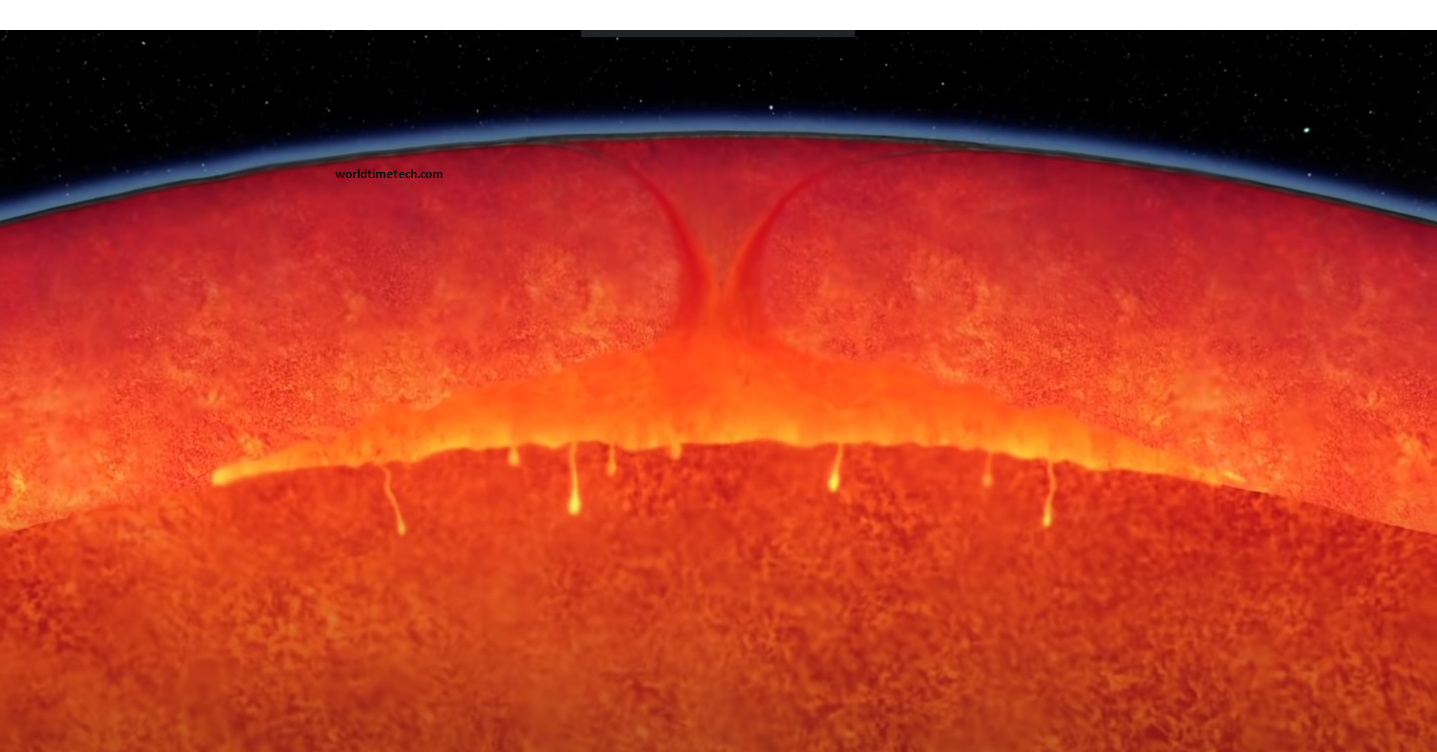
This theory also gained respect in the scientific community at first, but later scientists noticed various errors in it. But more than that, the scientists want to rule out the question of the sun or any of the sun's stars colliding with an alien star. Because compared to the volume of space, the number of stars is very small. The distance to the nearest star (other than the Sun) in the Solar System is 25 million miles (or 25,000,00,000,000 miles). This is the closest one. Most stars are so far away, compared to which this distance is nothing. Calculations show that the chance of the sun colliding with a star spread this far away is only once in 600,000 million years. Even two stars come close together only once in 500,000 million years. But the average lifespan of a star is 10,000 million years. Therefore, the theory that the Earth and other planets were born through the collision of the sun with an alien star can be considered null and void.
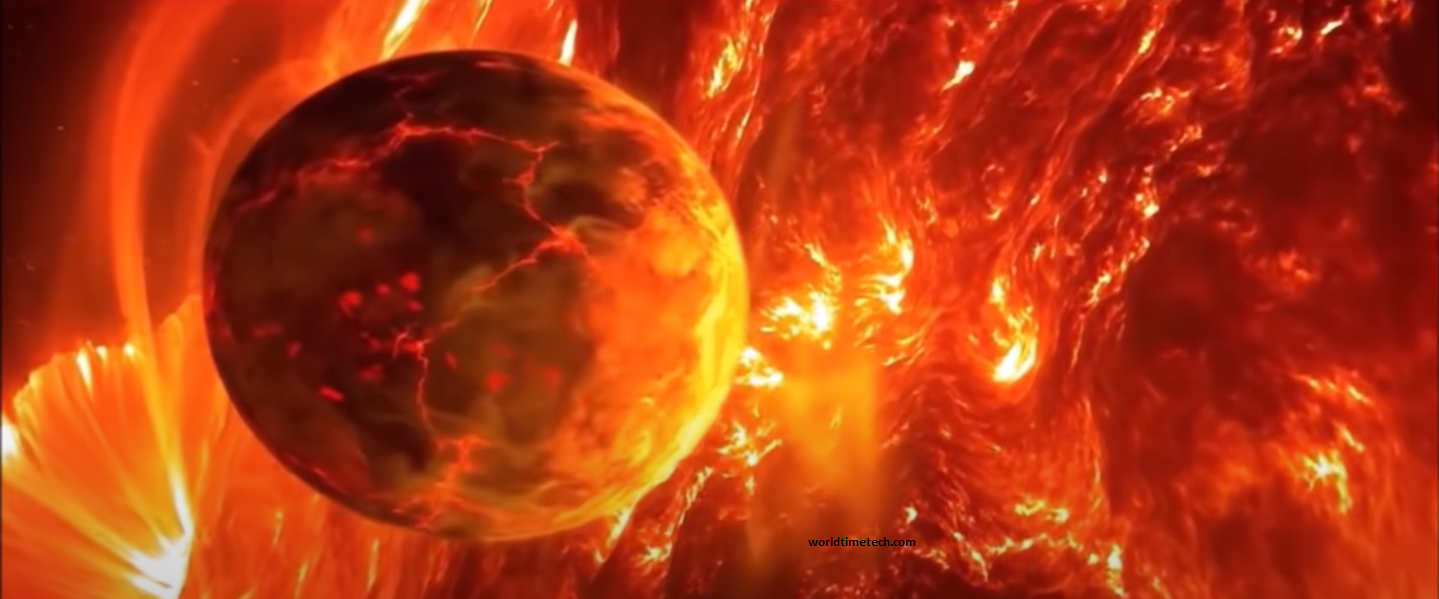 Doctrine of Witsekar and Hoel
Doctrine of Witsekar and Hoel
According to Witsecker, in the distant past, Pluto has spread out about as far away as it is from the sun, containing billions of tons of gaseous molecules and fine dust particles—with a combined mass of about one-tenth the mass of the Sun. These molecules and dust particles were rotating around the Sun under the influence of gravity. Thus, due to rotation within a certain limit, there was a constant collision between gas molecules and dust particles. As a result of these collisions, the dust particles and gas molecules started to come together and their gravitational force increased as well. Gradually, their bodies grew in such a way that they absorbed all the surrounding gas molecules and dust particles, and thus the planetary satellites were formed. Scientists have found many errors in this doctrine of Witsecker. That's why the famous astronomer Fred Hoyle developed a completely new theory. His doctrine is known as the ring theory.
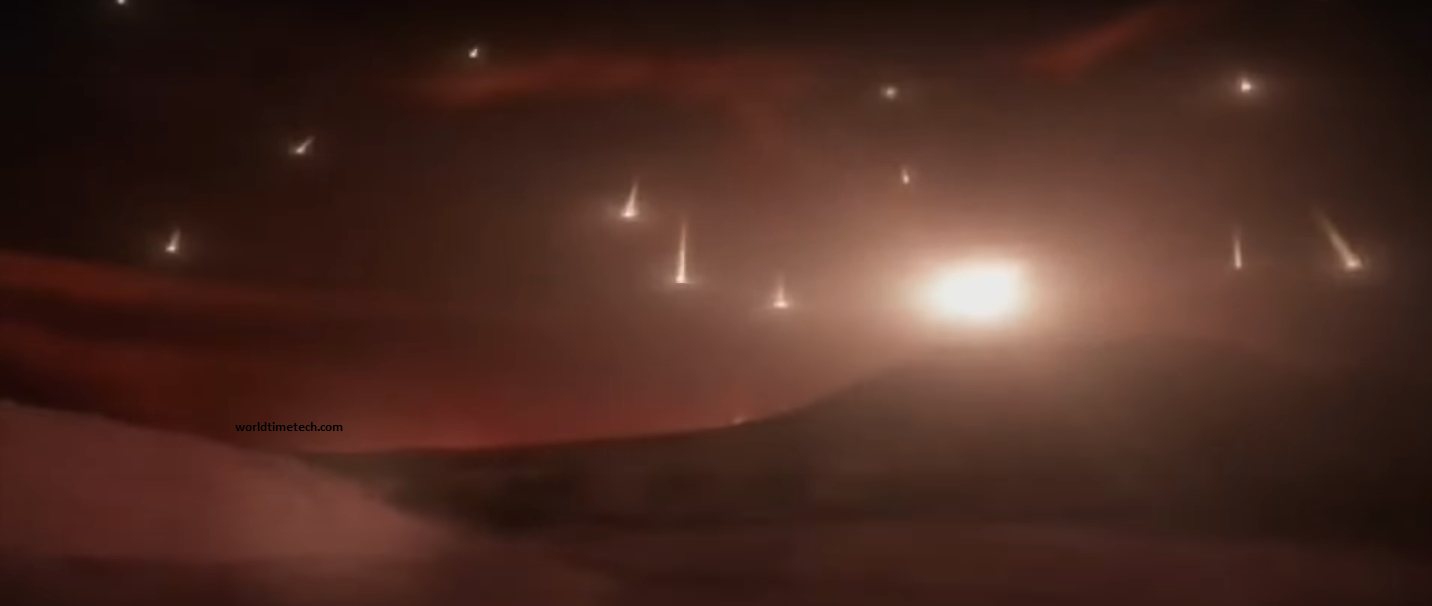
According to that theory, the Sun was born from a giant and gaseous pile billions of miles across. Internal causes cause the gas pile to rotate with the inevitable result of compression. Thus, after many thousands of years, the density and temperature of the stack increased and the degree of compression increased to such an extent that the stack became spherical. That is, the two poles pushed inward and the middle ground swelled. After a long time had passed in this way, the middle ground became so swollen that the sun could no longer hold it. It separated into rings and spread around the Sun. Then slowly the sun's attraction broke the ball and moved away.
In this heated ring, in addition to elemental substances such as hydrogen, nitrogen, carbon, helium, etc., various chemical compounds such as ammonia, methane, and various metals were also mixed in the gaseous state. As the ring moves away, its temperature decreases. All the elements that were still solid or liquid at that temperature were the first to break away from the ring and begin to orbit the sun in an elliptical path, and gradually more and more particles came together to form planets, satellites, etc.
Scientists have noticed many flaws in Hoyle's theory of rings. But as long as a more rational doctrine is not found, there is no choice but to accept the ring doctrine.
